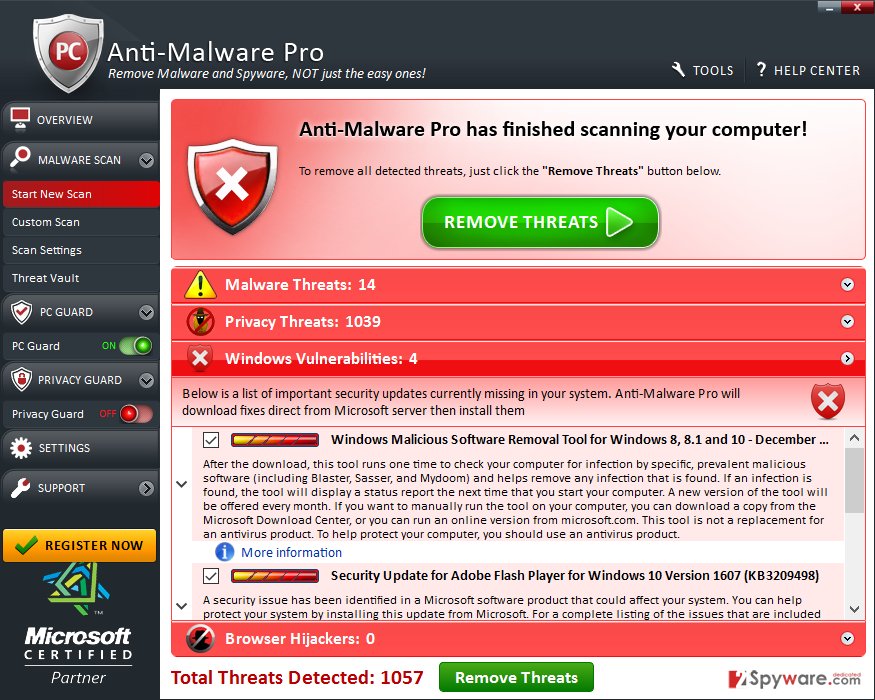
Both are necessary, and together, they provide your clients with complete and robust cybersecurity. It’s a great form of reactive protection against established viruses that have been around a while and are easier to identify.Īnti-malware offers a proactive solution against newer, more innovative viruses that antivirus software isn’t equipped to handle. It’s designed to handle all other viruses and malicious files that aren’t explicitly identified as malware. Consider anti-malware a proactive, specialized tool.įor comparison, antivirus is more of a reactive baseline defense mechanism. These malware attacks can come in any of the five forms mentioned above.

Anti-malware focuses on proactively isolating and removing exactly that – malware. One of the most obvious differences lies within the names of each software. What is the difference between anti-malware and antivirus software?Īlthough the two are often used together, and the terms are used interchangeably, there are noticeable differences between anti-malware and antivirus software. The term is often used interchangeably with “ antivirus,” but the truth is these two software programs are quite different. Essentially, this is your go-to tool as an MSP when you need to remove malware from a client computer.

It should go without saying that anti-malware is the software necessary to protect your clients’ networks and essential data from malware attacks. Learn more about the various threat types and best practices to protect your clients against them in the ConnectWise cybersecurity glossary.

The five most popular examples of malware intrusions are: The term “ malware ” is an abbreviation for “malicious software.” This type of digital attack is designed to infiltrate individual computers or large system networks and can cause significant damage.Īlthough the term “malware” is used often, it’s actually a more general term for these types of digital attacks. For that reason, anti-malware and antivirus software are no longer a suggestion – they’re a necessity. Digital threat actors are constantly innovating and improving their techniques to infiltrate global data networks.


 0 kommentar(er)
0 kommentar(er)
